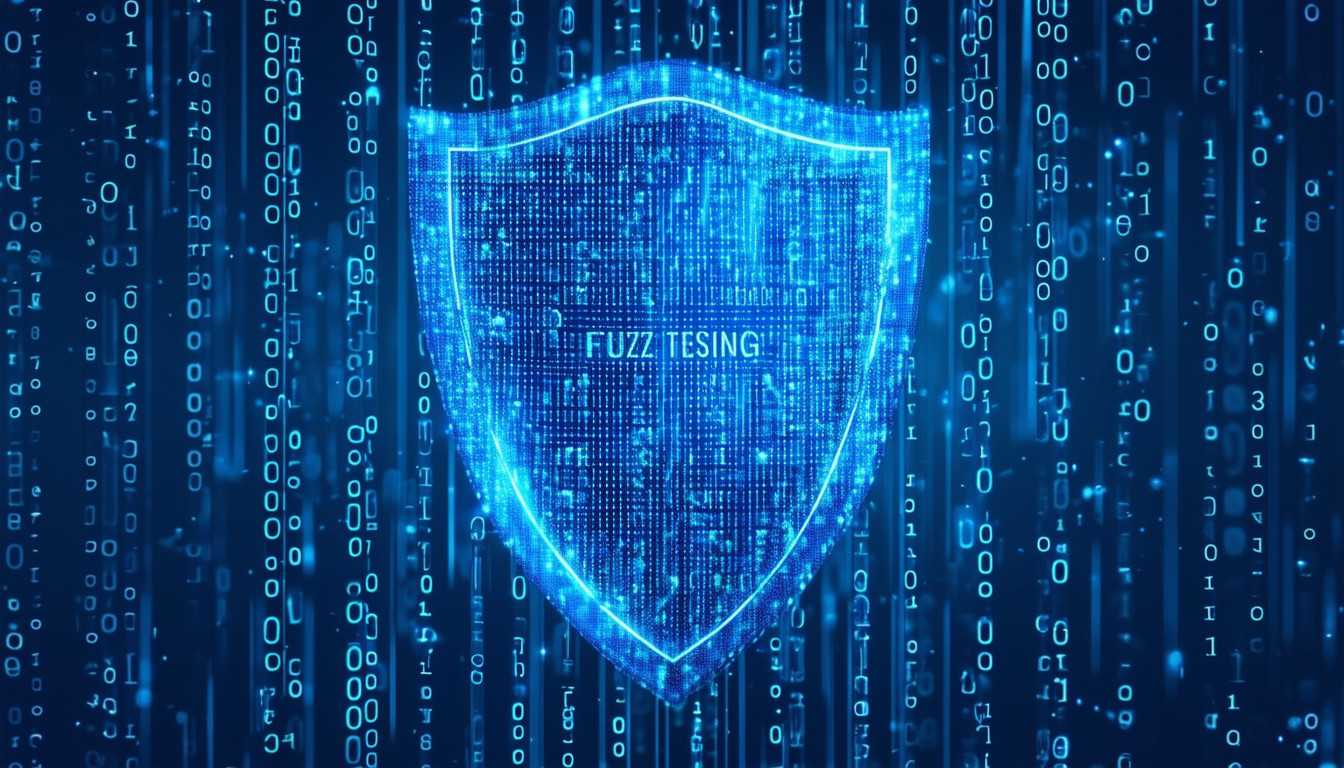Recently uncovered vulnerabilities in Windows Telephony Service could lead to severe remote code...
Hot Fuzz: Enhancing Security Through Fuzz Testing

In an era where cybersecurity threats are continuously evolving, fuzz testing emerges as a powerful tool to enhance system security by identifying and addressing hidden vulnerabilities.
Understanding Fuzz Testing: The Basics
Fuzz testing, or fuzzing, is an automated software testing technique that involves inputting massive amounts of random data, known as fuzz, into a program to expose unforeseen bugs and vulnerabilities. This method can be applied to numerous formats such as files, network protocols, and user inputs. Among the various types of fuzz testing, smart fuzzers like American Fuzzy Lop (AFL) stand out for their ability to generate inputs that are more likely to uncover significant issues by leveraging knowledge of the program's internal structure.
Uncovering Hidden Vulnerabilities: How Fuzz Testing Works
Fuzz testing works by systematically bombarding the target application with a diverse array of input data to explore different code paths and measure code coverage. The primary objective is to trigger unexpected behaviors or crashes, which may indicate underlying vulnerabilities. By examining how the application handles malformed or unexpected inputs, fuzz testing can reveal security flaws that traditional testing methods might miss. This approach ensures comprehensive testing by covering as many execution paths as possible.
The Importance of Fuzz Testing in Modern Cybersecurity
In the realm of modern cybersecurity, fuzz testing remains one of the most effective methods for identifying complex vulnerabilities, particularly in unmanaged or low-level code. Its capacity to discover hidden flaws that could be exploited by malicious actors makes it an indispensable tool for any robust security program. As threats continue to evolve, relying solely on conventional testing techniques is insufficient; fuzz testing provides an additional layer of scrutiny to protect against sophisticated attacks.
When to Implement Fuzz Testing in Your Security Program
Implementing fuzz testing should ideally begin early in the development lifecycle, especially during the design and coding phases. This proactive approach allows developers to identify and mitigate vulnerabilities before the software reaches production, thereby reducing the risk of exploitation. Additionally, integrating fuzz testing into continuous integration and continuous deployment (CI/CD) pipelines ensures ongoing security assessments and timely detection of new vulnerabilities as the software evolves.
For organizations with established security programs, incorporating fuzz testing into periodic security reviews and audits can further enhance the overall security posture. By continuously testing and refining, businesses can stay ahead of potential threats and maintain a robust defense against emerging vulnerabilities.
Best Practices for Effective Fuzz Testing
To maximize the benefits of fuzz testing, it's crucial to follow best practices. First and foremost, select the appropriate fuzzing tools that align with your specific testing requirements, such as file format fuzzers for document-based applications or network protocol fuzzers for communication systems. Regularly update and refine your fuzzing strategies to adapt to evolving threats and incorporate feedback from previous testing cycles.
Additionally, ensure thorough logging and monitoring of test results to swiftly identify and address any discovered vulnerabilities. Collaboration between development and security teams is essential to prioritize and remediate identified issues promptly. By adopting these practices, organizations can leverage fuzz testing to significantly enhance their cybersecurity resilience.
